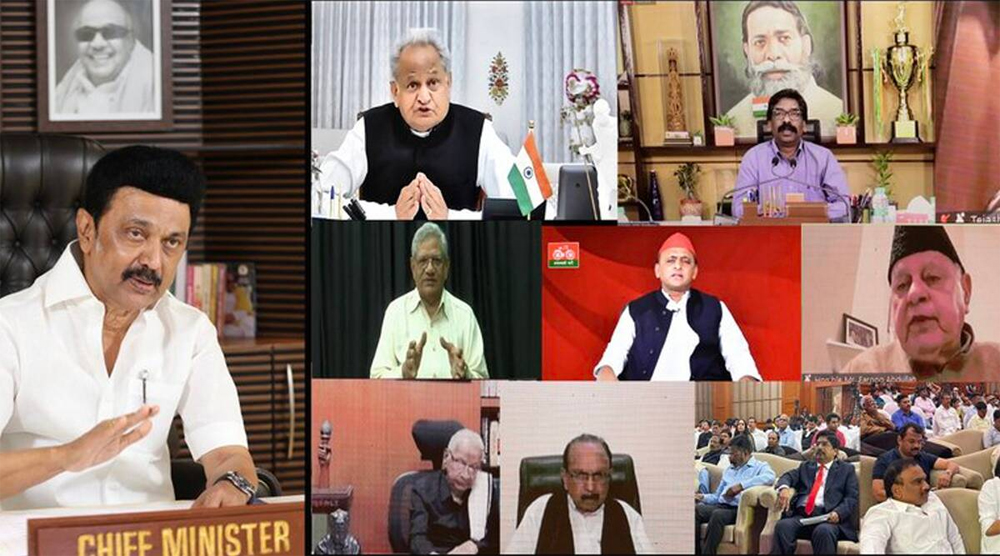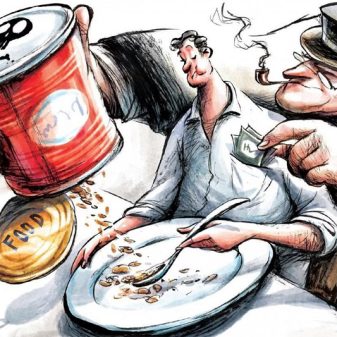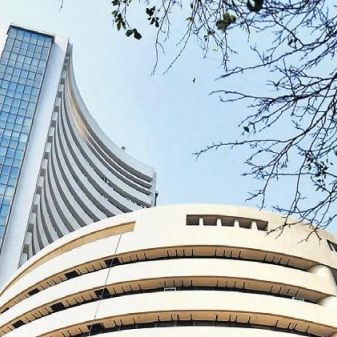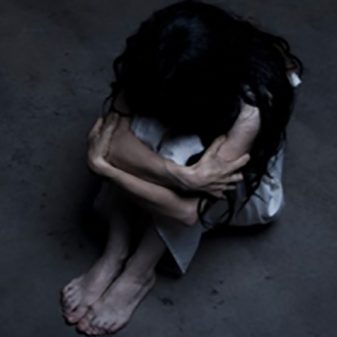
It is not surprising that the All India Federation for Social Justice is the initiative of the DMK, the party with the longest history of “caste politics”. We can only hope that the social justice agenda – along with the popular demand for a caste census − can become the common ground for opposition parties
You know that democracy is really in danger when you are attacked and abused for saying that it is in danger. Or when the printing of posters asking for incumbent politicians to be voted out invites police action. Or when supposedly autonomous institutions seem willing and sometimes eager to please the powerful. The precariousness of Indian democracy is no longer in doubt. The 2024 general election will be independent India’s most crucial election, even more important than the post-Emergency election of 1977 because today society has been successfully polarised on communal lines.
It is this larger context that makes the All India Federation for Social Justice (AIFSJ) conference convened by Tamil Nadu chief minister M K Stalin earlier this month such an important event. By bringing together (albeit in “hybrid mode”) all but three of the non-BJP parties in India, the conference has achieved what Rahul Gandhi’s otherwise inspiring Bharat Jodo Yatra could not. While determined optimists may wish that the conference and the yatra would complement each other, there are many bridges to cross before that wish comes true.
The conference can be read as the result of the realisation that, despite its recent electoral successes, Hindutva is ultimately the worldview of (so-called) upper-caste Hindus. The majorities cobbled together in 2014 and 2019 were made possible by the first-past-the-post system of elections, and by skilful electoral jod-tod, or breaking-off and joining-together, of castes and sub-castes that earlier voted for other parties. This is the strategy of offering just enough incentives to the (so-called) lower castes to buy their support without giving them a share in real power. The alternative – a genuine cross-caste alliance – requires a fundamental change in the character of Hindutva, erasing, or at least diluting, its “upper-caste-ness”. The obstacle here is not so much the BJP as the RSS – which, when faced with this choice early in its life, decided to remain faithful to its Brahmanical roots. The implication is that Hindutva in its current form remains vulnerable to the deep divisions of caste.
From the point of view of the Opposition, this vulnerability is an opportunity to be exploited. That is what the conference laid the foundation for. By reviving the demand for a caste census – which both Congress and BJP have resisted in the past – it drew attention to the selectiveness of the judiciary’s demand for data for different types of reservation. Stalin’s statements are particularly significant for they break the political silence around the reservation for Economically Weaker Sections (EWS), apart from the courts’ willingness to ratify it without data.
However, several barriers must be breached before the potential of this event is realised. The initial difficulties lie in the character of the Congress party and the role it must play in order to catalyse opposition unity. It cannot be forgotten that, like the forces of Hindutva, the Congress, too, has always been led by the upper castes at the national level. The famed “Congress system” that ruled India for decades accommodated the lower castes only within a hierarchical set-up that mostly relegated them to the states. While it is true that the Congress leadership usually chose not to highlight its Hinduness or its upper-caste-ness, it was not averse to benefitting from them. Can such a party change its spots? Another formidable challenge is that, in the current political conditions, the Congress must agree to lead from behind, even if it is the most important party in the Opposition. Recent events do not suggest that this is likely.
A second set of obstacles is in the fractured frame of the social justice agenda itself. The distinctiveness of Scheduled Tribe/Adivasi issues and the mutual hostility between the OBCs and the Scheduled Castes/Dalits are well known. Also known are the internal differentiations within each of these groupings, especially those among the OBCs. Can the Opposition negotiate these frictions at least as well as the BJP has managed?
Over and above all this is the fact that the BJP’s recent victories are not due to caste engineering alone. Relentless hatred directed at Muslims has been a crucial part of the BJP’s strategy, and its electoral benefits have proved to be more durable than expected. Finally, there is the “Modi factor”. His personal charisma and painstakingly constructed media persona have been decisive in national elections, though not always at the state level. What counters does the Opposition have?
For a while, it seemed that the Bharat Jodo Yatra and Rahul Gandhi were the answers. The yatra was sufficiently distanced from electoral immediacies and novel enough that its message against hate was heeded. Moreover, this initiative allowed Rahul to finally set his own agenda rather than keep responding to his opponents. But it remains to be seen how this story will turn out.
After taking account of all these developments, what can be realistically expected from the meet? We must begin by reminding ourselves that in the dominant public discourse, “caste politics” generally means “lower-caste politics”. This not only renders “upper caste politics” invisible, it also prevents us from recognising that, in a sense, all politics is caste politics, because politics in our society includes everything that is meaningful to people. The paradox of our times is that we need to politicise caste today precisely in order to render it irrelevant for the politics of tomorrow. Matters are complicated further by the mutual intertwining of caste and religious identities, as demonstrated by the BJP’s attempts to woo the Pasmanda Muslim community.
It is not surprising that the AIFSJ is the initiative of the Dravida Munnetra Kazhagam, the third largest party of the 2019 election, and the party with the longest history of “caste politics”. We can only hope that the social justice agenda – along with the popular demand for a caste census − can become the common ground on which opposition parties can gather despite numerous uncertainties. For, the only certainty today is that the future of democracy will be bleak – and may even be short − without a coordinated Opposition.
(The writer teaches at Delhi University. Views expressed are personal)(Courtesy: The New Indian Express)





